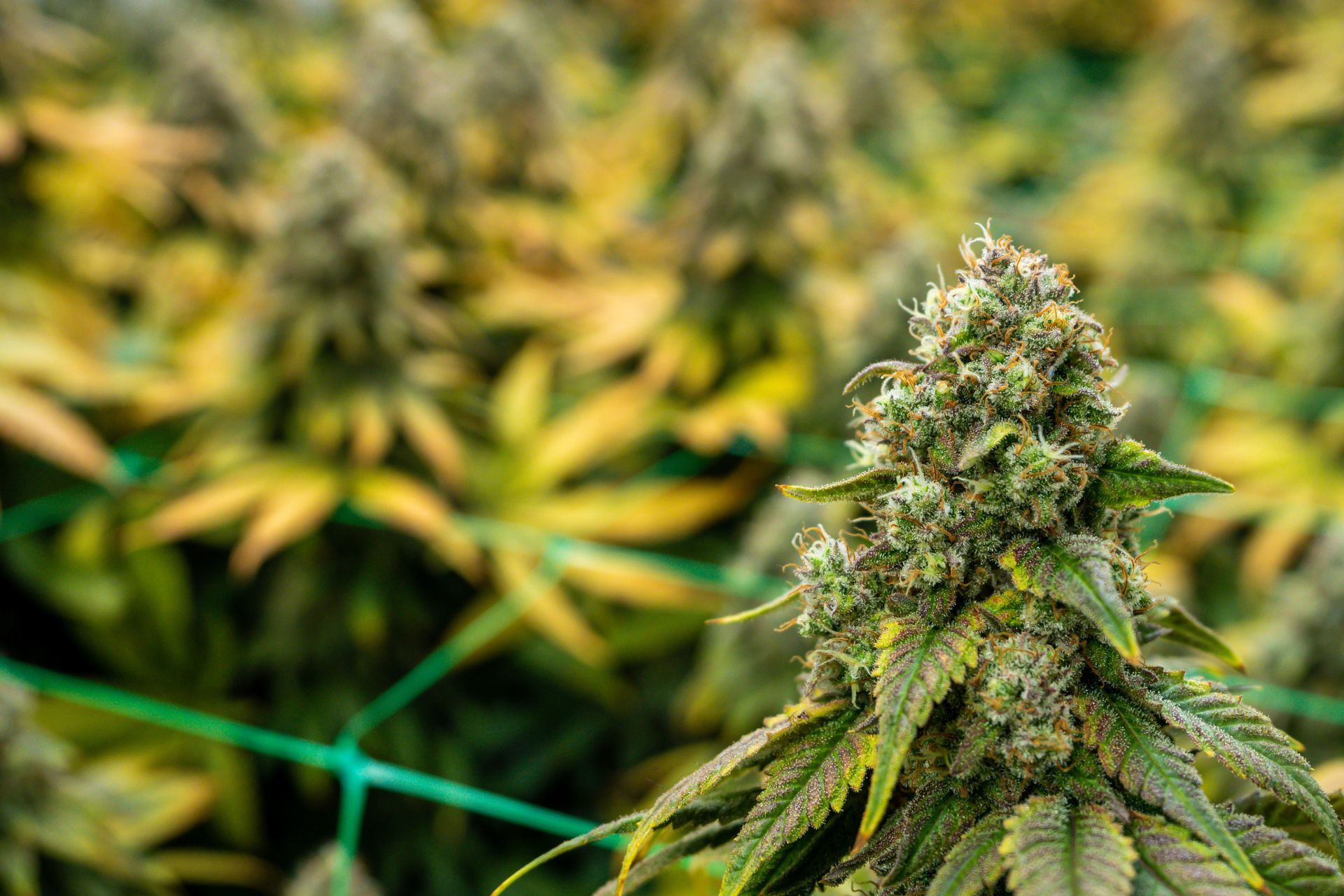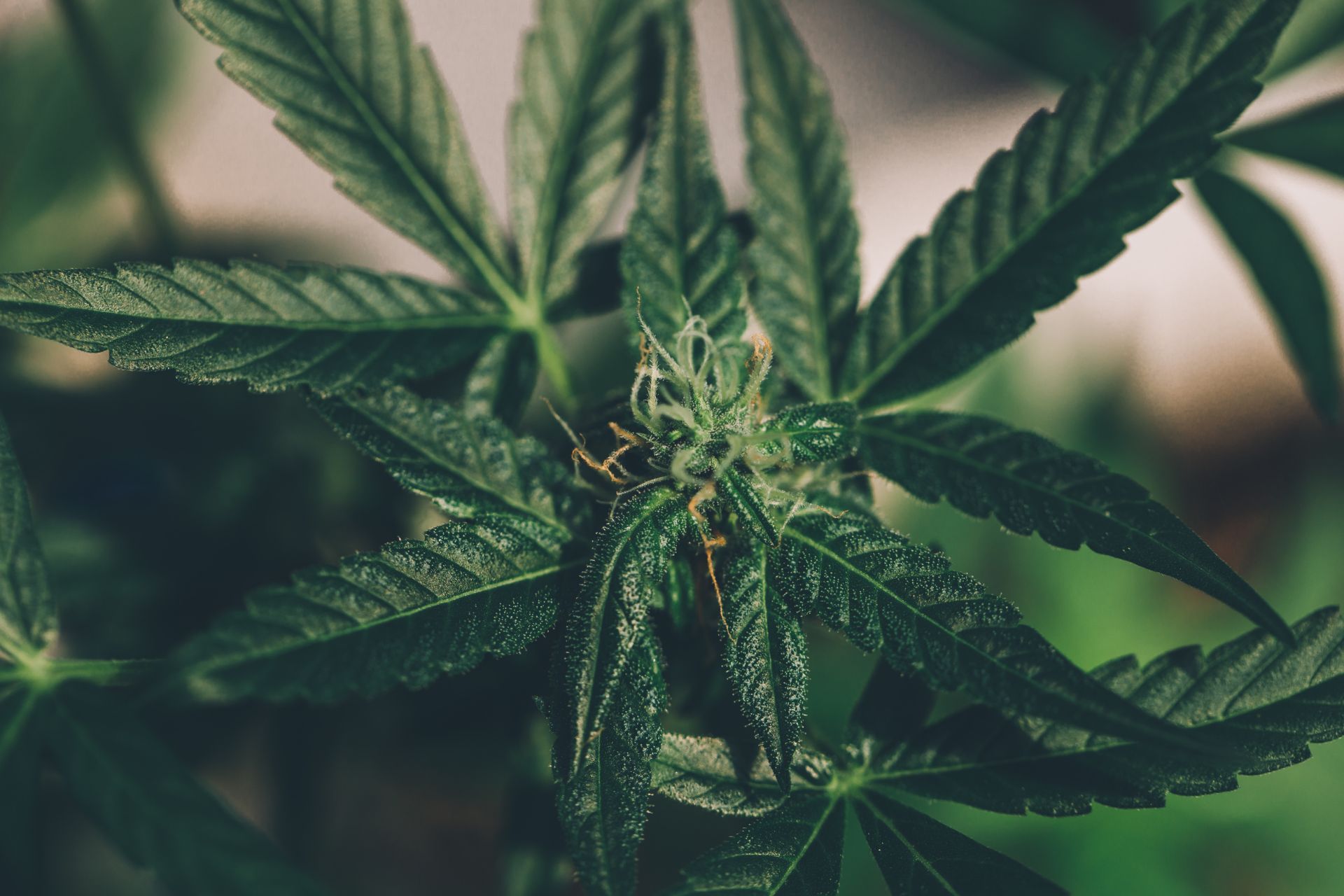2026 Cannabis Insurance Market Outlook: What Businesses Should Expect
See How We're Different
or call us: (215) 653-8411
The global cannabis insurance market is projected to reach USD 6.7 billion by 2032, growing at a compound annual growth rate (CAGR) of 14.14% from 2025 to 2032. This rapid expansion reflects the increasing demand for specialized insurance products tailored to cannabis businesses’ unique risks and regulatory challenges. EINPresswire provides a detailed forecast that underscores this upward trajectory.
Market Growth and Emerging Opportunities
The cannabis industry is no longer a niche market. The U.S. legal cannabis market alone is expected to grow by 10% annually, reaching $58 billion by 2028. This growth is fueled by new markets opening in states such as New York and New Jersey, which are quickly becoming significant contributors to the industry’s expansion. The National Association of Insurance Commissioners highlights these emerging markets as key drivers of growth.
On a global scale, the legal cannabis market is projected to grow at a similar pace, also reaching $58 billion by 2028. States like Connecticut, Florida, Illinois, Maryland, Missouri, Ohio, and Pennsylvania are joining the wave, creating a broader and more complex insurance landscape. This expansion creates opportunities for insurers to develop innovative products but also demands a deeper understanding of regional regulatory differences. IMACorp’s industry report offers an in-depth look at these trends.
Medical Marijuana Market Dynamics
The medical marijuana segment is growing even faster, with a valuation of USD 24.52 billion in 2025 and forecasts predicting it will reach USD 51.61 billion by 2030. This segment’s 16.05% CAGR reflects rising acceptance and expanding medical applications. As medical cannabis businesses grow, so does their need for specialized insurance coverage addressing product liability, compliance, and operational risks. Mordor Intelligence provides detailed market data supporting this outlook.
Moreover, the evolving regulatory landscape plays a crucial role in shaping the medical marijuana market. As more states legalize medical cannabis, they are also implementing frameworks that ensure
quality control and patient safety. This regulatory clarity not only fosters consumer trust but also encourages investment in the sector. Companies are increasingly focusing on compliance and
risk management strategies to navigate this complex environment, which in turn opens up avenues for insurance providers to tailor their offerings to meet the unique needs of medical cannabis businesses.
Rising Insurance Costs and Hardening Market Conditions
Insurance premiums for cannabis businesses are climbing rapidly. In 2025, premiums surged by 40%, largely due to significant fire losses at indoor cultivation sites and increasing product liability claims. These losses have shaken insurers’ confidence, prompting them to tighten underwriting requirements and raise prices. This “hardening” market means cannabis companies must prepare for higher costs and more rigorous scrutiny when seeking coverage. CoverCannabis details the factors behind this spike and its implications.
Industry experts confirm this trend. The cannabis insurance market is now defined by rising premiums and stricter underwriting. Insurers are less willing to take on risks without thorough risk management protocols in place. This shift challenges businesses to improve safety measures and compliance to maintain insurability. CoverCannabis commentary emphasizes how these changes affect cannabis companies’ bottom lines.
Why Are Premiums Increasing?
Key Risks Cannabis Businesses Face
Fire and Property Damage
Product Liability
Regulatory Compliance
Theft and Security Risks
High-value cannabis products attract theft and burglary attempts. Insurance policies typically require robust security measures, including surveillance, alarms, and secure storage, to mitigate these risks. Beyond physical security, businesses should also consider cybersecurity threats, as digital theft can compromise sensitive customer information and operational data. Implementing comprehensive security protocols that encompass both physical and digital realms is essential. Regular security assessments and employee training on recognizing suspicious behavior can further bolster a company's defenses against theft. Additionally, collaborating with local law enforcement can enhance security measures and foster community relationships, which can be invaluable in times of crisis..
Preparing for 2026: What Cannabis Businesses Should Do
Invest in Risk Management
Work with Experienced Brokers
Stay Ahead of Regulatory Changes
Understand Coverage Options
Insurance Coverage Comparison for Cannabis Businesses
| Coverage Type | What It Covers | Why It Matters |
|---|---|---|
| General Liability | Third-party bodily injury, property damage, legal defense costs | Protects against common lawsuits from customers or visitors |
| Product Liability | Claims related to product defects, contamination, or adverse effects | Critical for cannabis products with direct consumer exposure |
| Property Insurance | Damage to buildings, equipment, and inventory from fire, theft, etc. | Essential for protecting high-value cultivation and processing assets |
| Crop Insurance | Losses due to natural disasters, pests, or other crop-specific risks | Helps stabilize revenue in case of cultivation setbacks |
| Workers’ Compensation | Employee injury and illness coverage | Required in most states; protects both workers and businesses |
Looking Ahead: The Cannabis Insurance Market in 2026 and Beyond
Companies that prioritize risk management, maintain regulatory compliance, and work with knowledgeable insurance professionals will be better positioned to navigate these challenges. The market’s projected growth to USD 6.7 billion by 2032 EINPresswire suggests significant opportunity but also underscores the need for strategic planning.
As cannabis use continues to expand-already with over 40 million American adults using marijuana in 2022
IMACorp reports-insurance will remain a critical component of business success and sustainability.
Frequently Asked Questions
Q: Why are cannabis insurance premiums increasing?
Q: What types of insurance do cannabis businesses need?
Q: How can cannabis businesses reduce insurance costs?
Q: Are there differences in insurance needs between medical and recreational cannabis businesses?
Q: How does the growth of new cannabis markets affect insurance?
Q: Can cannabis businesses get coverage from standard insurers?
Q: What should businesses look for in an insurance broker?

Article By: Deb Sculli
Cannabis Insurance Specialist




